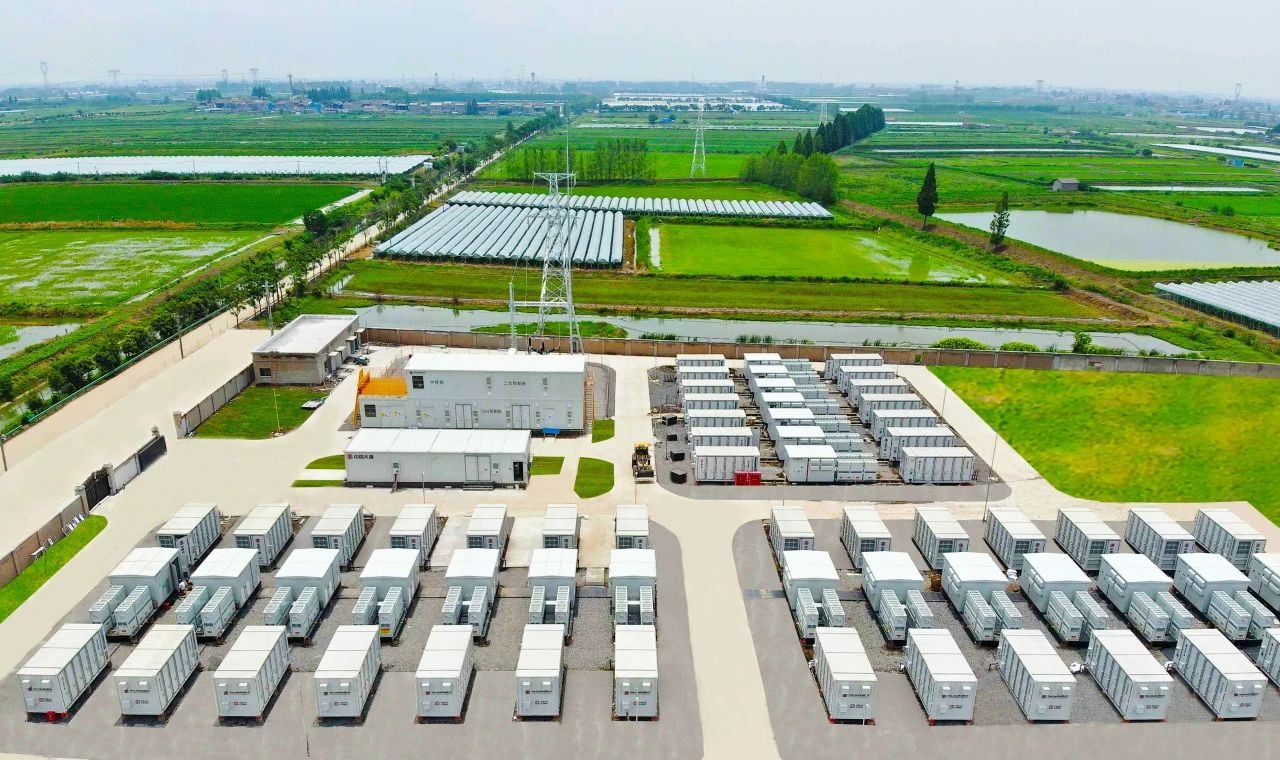Business Impact: Sodium-Ion Delivers Cost & Supply Resilience
Amid lithium price swings and geopolitical risk, sodium-ion batteries—now in commercial-scale production—offer business leaders a measurable hedge. Executives can cut total cost of ownership (TCO), improve supply-chain diversification, and exploit fast‐charge and low‐temperature performance for stationary storage, heavy-truck fleets, and last-mile mobility.
Executive Summary
- Supply-chain resilience: Sodium carbonate costs ~$400/ton vs. lithium carbonate at ~$10,000/ton. Sodium is 400× more abundant, sourced safely from domestic brines—reducing exposure to lithium‐refining hubs (China, Chile, Argentina).
- First-in-segment wins: Pilots in grid storage (50 MW Hubei plant, commissioned June 2023) and small EVs show 165 Wh/kg energy density, 8,500 cycle life, and –40°C cold start uptime >95%.
- Competitive clock: CATL’s 100 MWh pilot line (Q1 2024) and BYD’s 300 MWh Shanxi factory (Q3 2024) compress adoption timelines. Early frameworks unlock steep learning-curve cost declines.
Market Context: Trade-Offs & Timing
HiNa Battery Technology, founded in 2017 by Chinese Academy of Sciences researchers, now operates a 200 MWh/yr sodium-ion cell line in Xi’an and a 50 MW/yr pack assembly in Hubei. Two flagship products are online:

- HI200S Cube: 165 Wh/kg, 8,500 cycles to 80% DoD, 95% round-trip efficiency, –40°C to +45°C performance.
- HI50C Cylindrical (21700): 140 Wh/kg, fast-charge 20 min to 80%, 6,000 cycles, ideal for mopeds and utility carts.
Current pack‐level cost is ~$250/kWh (~60% above LFP at $155/kWh). Based on Wood Mackenzie modeling—assuming scale to 5 GWh/yr and optimized electrode yields—manufacturing costs could fall to $110–120/kWh (30% below LFP) by 2027. BloombergNEF predicts sodium-ion TCO parity with LFP by 2026 and 30% share of stationary storage by 2030.

Opportunity Analysis: High-Value Use Cases
- Grid & C&I Storage: 1–4 h systems benefit from low raw-material risk and robust cold-weather performance. Hubei plant sees 13,000 t CO₂ avoided annually (≈3,000 cars).
- Heavy-Truck Fleets: HI200S-based battery packs (model XTR-100) deliver 20-min depot charge at –20°C with >95% uptime—cutting downtime costs by 15% on fixed routes.
- Micromobility & Short-Range EVs: HI50C powers 3,000 mopeds in Shanghai municipal fleet since Jan 2024, achieving 1.2 MWh cumulative cycle and <3% capacity fade.
- ESG & Localization: Diversify sourcing: sodium from local brines (Inner Mongolia, Sichuan) vs. critical-mineral hotspots; improve ESG scores by 10–15 points in carbon and human-rights metrics.
Pilot Design Parameters for Executives
Design a 10 MWh pilot over 6 months to validate sodium-ion performance and economics. Target metrics:

- Battery system cost: ≤$150/kWh by pilot end
- Round-trip efficiency: ≥90%
- Cycle life to 80% DoD: ≥6,000 cycles
- Cold-start uptime at –20°C: ≥95%
- Vendor lead‐time: ≤9 months
Compare three vendors:
- HiNa: 200 MWh/yr capacity, lead-time 6 months, prototyping free for >5 MWh pilots.
- CATL: NaiVolt line, 100 MWh pilot (Q1 2024), lead-time 9 months, co-development pricing available.
- BYD: Salt-Pro cells, 300 MWh Shanxi plant (Q3 2024), lead-time 7 months, global logistics network.
Action Items: Execute This Quarter
- Initiate 5–20 MWh sodium BESS pilot: Define site, run-rate, metrics; benchmark vs. LFP/NMC.
- Segment fleet applications: Map duty cycles—depot, cold-climate, short haul—and model TCO improvements of 10–20% vs. LFP.
- Negotiate framework agreements: Engage HiNa and one incumbent (CATL or BYD) on non-binding MOUs to secure 2025 capacity.
- Update procurement playbook: Add sodium-ion as dual-source alongside lithium; revise risk registers and inventory buffers.
- Set vendor milestones: Energy density >180 Wh/kg by 2025, pack $/kWh glide path, warranty terms, and UL/CE/TÜV safety certifications.
Next Steps & Contact
Reach out to Codolie’s energy team for a customizable 10 MWh pilot proposal, including site-level ROI modeling and procurement templates. Secure your strategic edge today—contact us at energy@codolie.com or download our detailed pilot design guide.
Leave a Reply